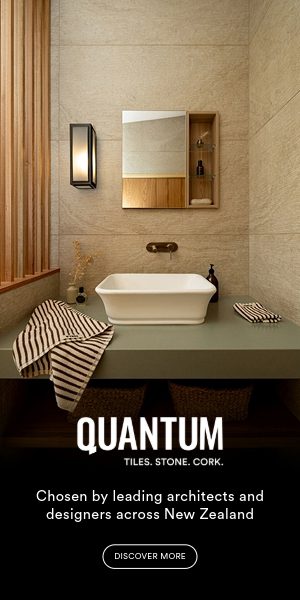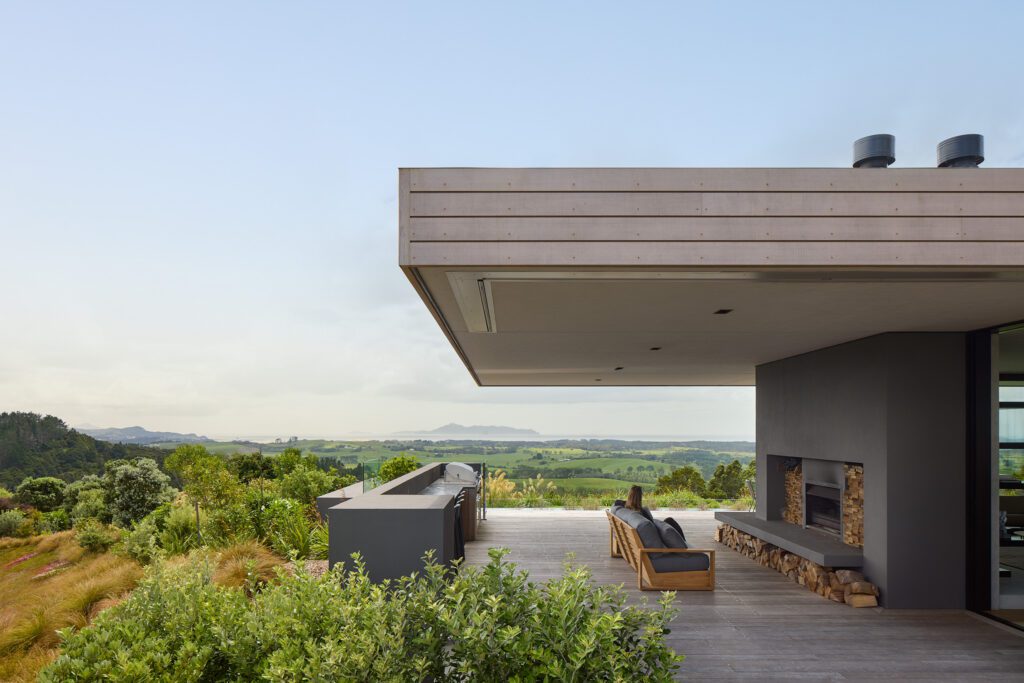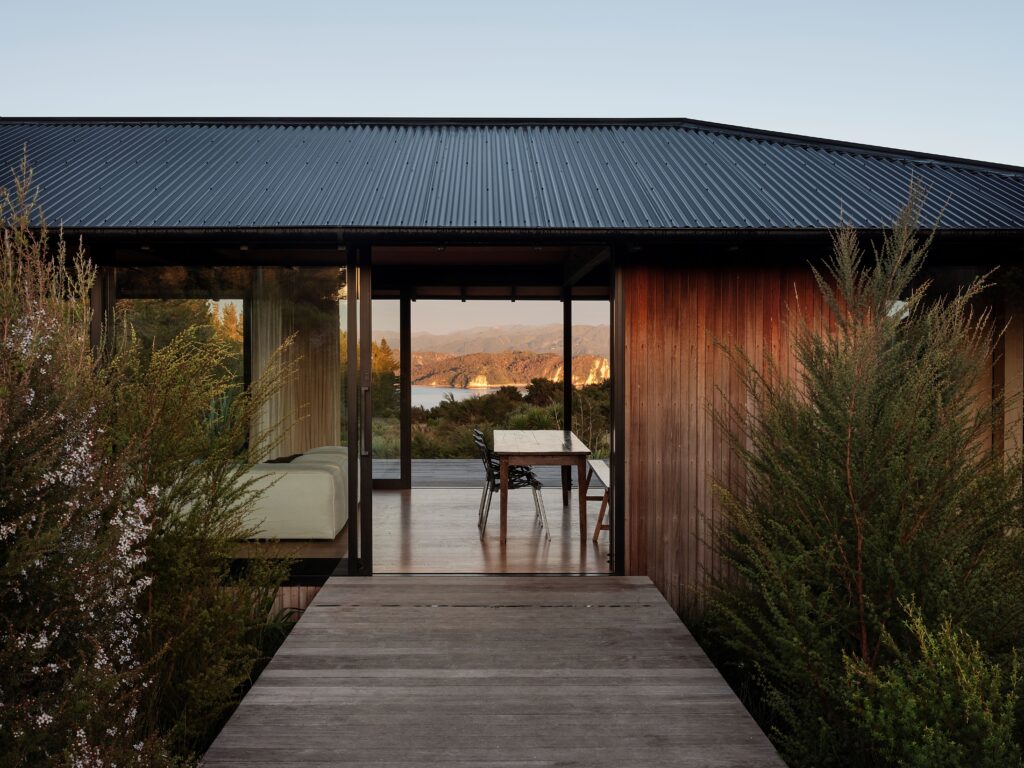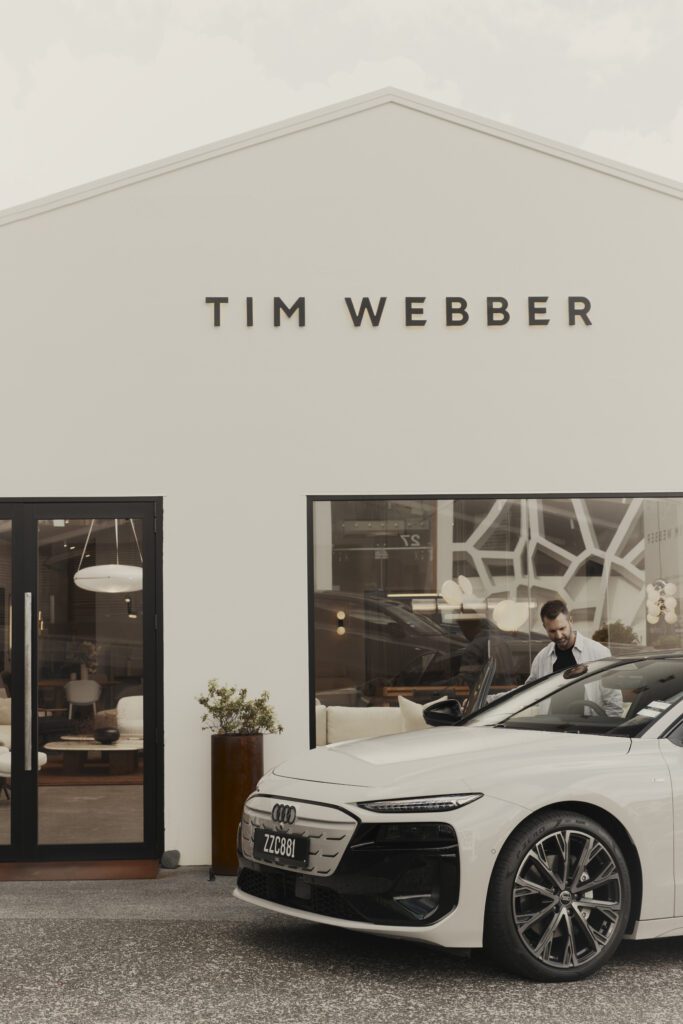Reducing risks and improving the performance of homes, an energy modelling tool by the New Zealand Green Building Council allows architects, designers, and builders to test a home’s thermal comfort, energy, and carbon emissions — and now embodied carbon — from the early design stage.
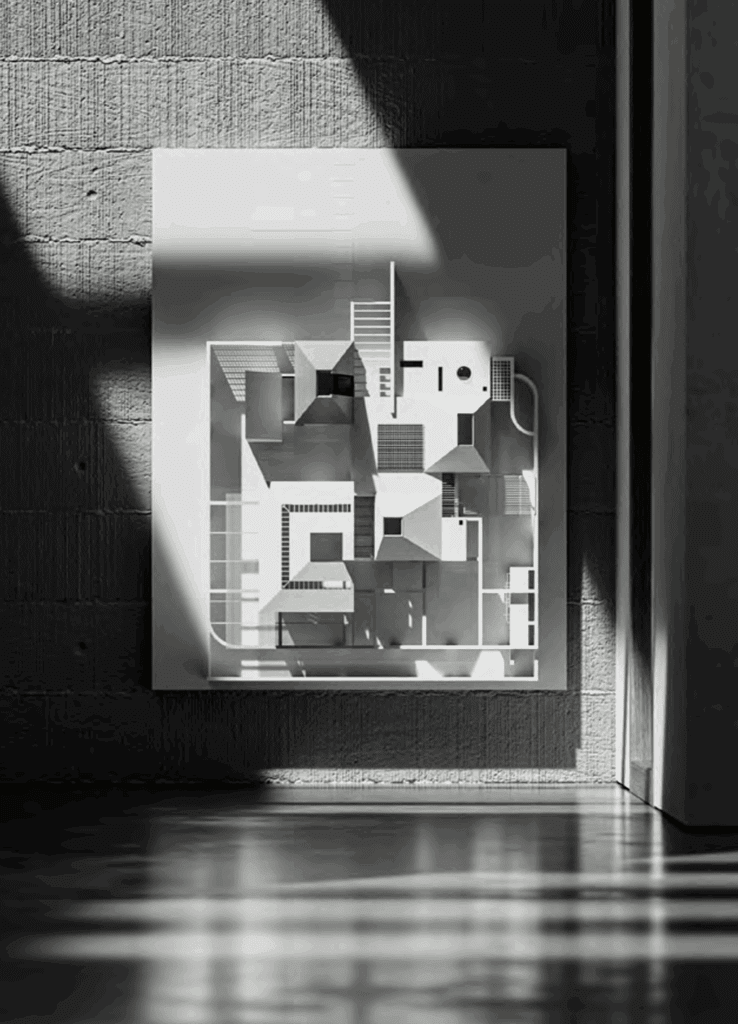
Known as ECCHO, the Energy and Carbon Calculator for Homes, the tool paves the way for early risk mitigation and experimentation with different variables, from window placement to insulation, heating and orientation, essentially testing how a design will perform before it’s built to ensure the home functions at its best.
By using insights from ECCHO modelling to refine design elements before plans are finalised, it becomes much easier to identify and address potential issues like overheating early in the process. “The result is smarter, healthier homes that go well beyond the minimum requirements of the Building Code,” says Matthew Cutler of the New Zealand Green Building Council (NZGBC).
“Currently, a home can meet the Code and still overheat — there are no checks and balances to prevent that. We are working with builders and designers who want to reduce the risks of having to return to homes that are overheating.”
In the past, energy modelling was considered quite specialised, but the NZGBC has made it easily accessible to all designers and builders with ECCHO. “There are lots of visualisation tools to see what a house will look like before it’s built, and to play with colours and fittings. Energy modelling is the same thing — but for comfort, energy demand, and emissions,” Matthew says. “It’s a tool that deals with the less visible aspects of a home, but those that can make a huge difference to the enjoyment, comfort, and health of the people in the house.”
Energy modelling also underpins Homestar, the NZGBC’s holistic sustainability certification scheme for new home design and construction. ECCHO modelling is a compliance pathway that can be used directly for the consenting requirements for energy efficiency. Auckland, Christchurch, and Wellington councils are accepting it for submissions now.
“Using tools like ECCHO to model the performance of a home before it’s built is something that we heartily encourage, as it helps to ensure that energy efficiency is built into New Zealand homes right from the start,” says Gareth Gretton, EECA energy efficiency expert.
“Factoring efficiency into design means lower power bills, and healthier, more comfortable living. It also reduces demand on our electricity grid at peak times — which helps to keep energy more affordable for everyone, and supports the resilience of the whole system,” Gareth explains.
“Ultimately, energy modelling ensures homeowners receive the home they expect and deserve, that performs well and is a nurturing, enjoyable place to live,” Matthew says.
The New Zealand Green Building Council regularly holds practical energy modelling training. The next course will be held in November 2025.
